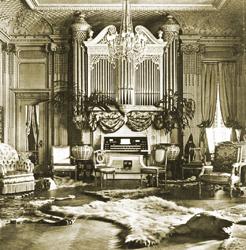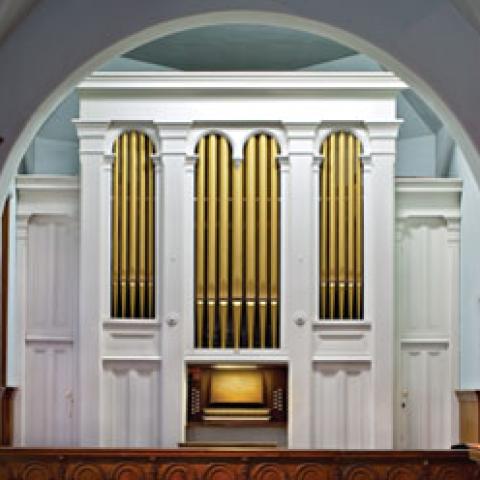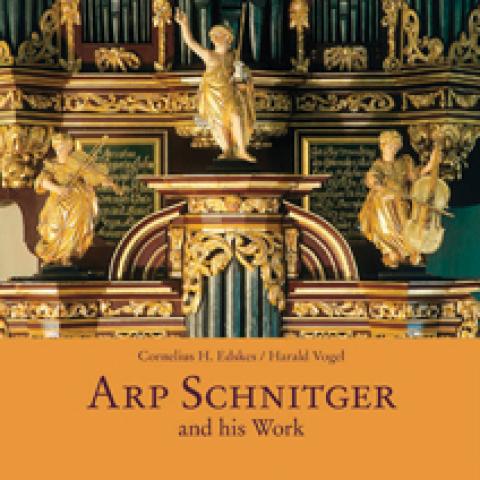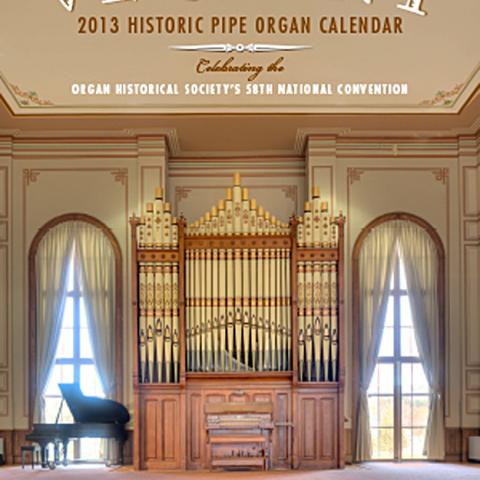
The OHS Press announces a subscription for Rollin Smith’s book, Pipe Organs of the Rich and Famous. Begun as a series of articles in The American Organist, the book discusses organs in more than 50 private homes, recounting a time when the organ was not only a symbol of those who had arrived socially, but was considered the ultimate appointment of the luxurious home. Well-known subjects include Andrew Carnegie, Horace Dodge, Marcel Dupré, George Eastman, Henry Ford, Henry Clay Frick, Charles Gounod, John Hays Hammond, Robert Todd Lincoln, John D. Rockefeller, Louis Comfort Tiffany, Wm. K. Vanderbilt, Charles-Marie Widor, and Frank W. Woolworth.
Designed by Len Levasseur and illustrated with more than 250 photographs, this large-format, hardbound book documents the work of more than 25 organbuilders in the United States, England, France, and Germany; stoplists of each instrument are included.
Publication date is May 2014 and the subscription will close April 30. Subscribers receive a free copy of the book with their names printed.
For information: www.organsociety.org/ohspress/.





